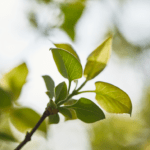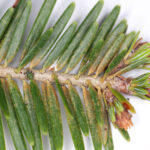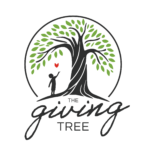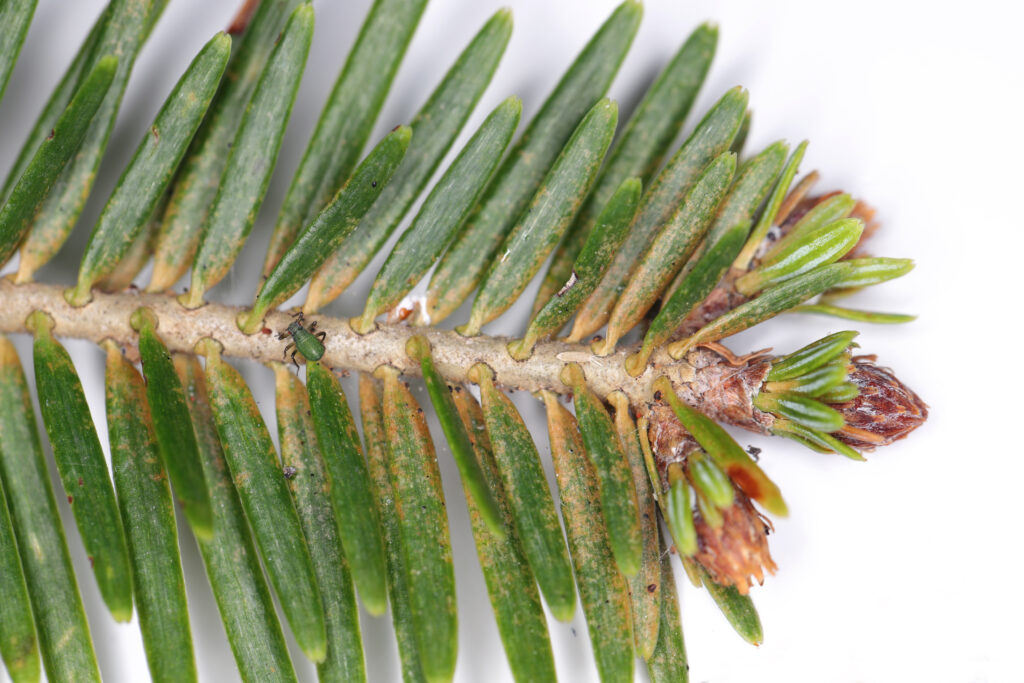“Topping is perhaps the most harmful tree pruning practice known. Yet, despite more than 25 years of literature and seminars explaining its harmful effects, topping remains a common practice.”
We recently took a trip to North Carolina to pick up a shiny new bucket truck. On our long road trip back to Omaha, we noticed that tree topping is a common practice elsewhere, and that, thankfully, the city of Omaha takes pretty good care of its trees. We don’t see a lot of tree topping in Omaha, but when we do – it makes us cringe
According to the International Society of Arboriculture (ISA),
According to the International Society of Arboriculture (ISA),

What is tree topping?
- Tree topping is defined by the ISA as the indiscriminate cutting of large branches back to long stubs.
- See photo. Enough said.
Why are trees topped?
- An inexperienced tree service may recommend topping in order to clean up a storm-damaged tree. It takes less time and skill to top a tree than to properly prune the damaged limbs and plan for the tree’s future growth and health.
- Occasionally, our customers request tree topping to stunt the growth of a tree that has become too large for their landscape. Arbor Aesthetics does not top trees and will offer alternative solutions to this problem that will not harm the tree. Sometimes, the customer’s best solution is to remove the tree and replace it.
- Utility companies will sometimes top trees that are growing directly underneath power lines. This is an unfortunate solution and could be prevented with better planning. Ironically, because of rapid re-growth after topping, this practice can actually make pruning around power lines even more costly in the long run!
Why is tree topping harmful?
- Reduced Food Source – Trees need leaves to produce food. Topping usually removes a large portion, if not all, of a tree’s leaves. The health of the tree will certainly decline and is unlikely to bounce back.
- Decay, Insects & Disease – When so many of the branches are cut back to large stumps, the tree is not equipped to be able to properly “seal” the wounds like it normally would with proper pruning back to the branch collar. The stubs are now open wounds vulnerable to insects and disease. This leads to…
- Dangerous Decay – Decaying branches are dangerous and can cause injury or property damage if they break.
- Sun Scald – With the canopy removed, the bark is now suddenly exposed to excessive light and heat. This causes damage to the tissues beneath the bark which can lead to cankers, bark splitting and death of some of some branches.
- Water Sprouts – Topping a tree will cause rapid re-growth – but not the good kind! Water sprouts will form just below the cut. These branches are weak, poorly attached, and will easily break off in storms.
- It’s UGLY! – The regrowth of a topped tree is unsightly and unnatural. Remember that healthy, beautiful trees add value to your home. Tree topping can take it away because the tree becomes an impeding expense.


What’s the alternative?
- Proper Pruning – Arbor Aesthetics can offer health alternatives to tree topping using proper pruning techniques.
- Start ‘Em Young – Proper structural pruning when a tree is young may prevent the need to top a tree later in life.
- Proper Planning – It’s always a good idea to consult a professional when planning your landscape. Thoroughly research the species of tree you’re planting so it has plenty of room to grow.
- Removal – Sometimes removing the tree and starting fresh is a solution our customers choose.
If a tree service recommends topping, it’s time to keep shopping!
Sources:
Nebraska Forest Service, ‘Don’t Top Trees’. International Society of Arboriculture, ‘Why Topping Hurts’
Nebraska Forest Service, ‘Don’t Top Trees’. International Society of Arboriculture, ‘Why Topping Hurts’










